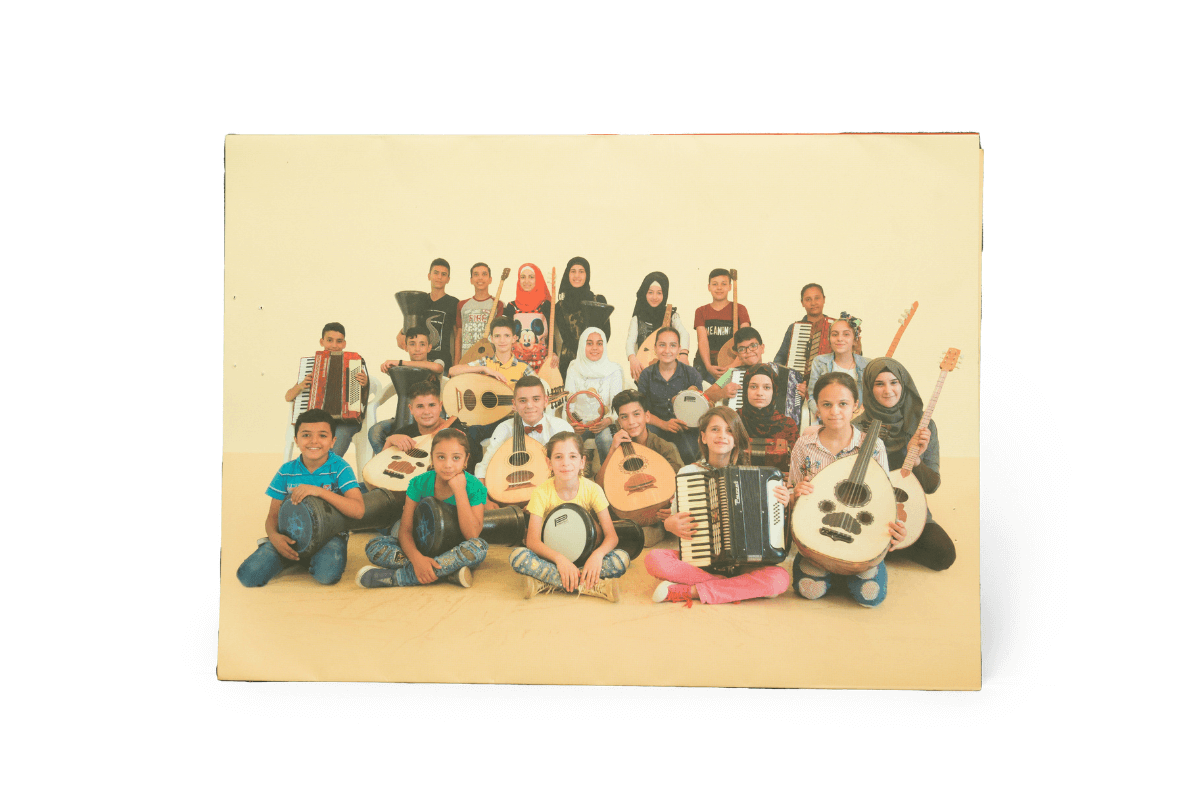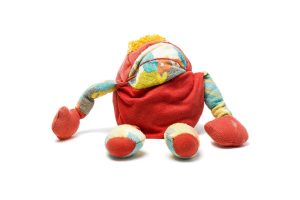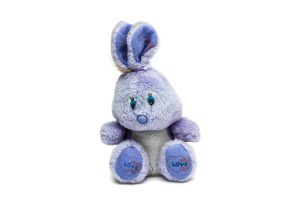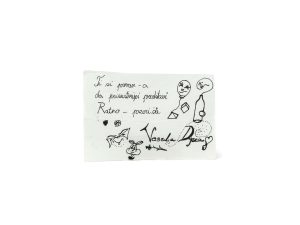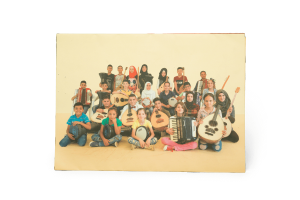Established by the UN General Assembly in 2011, the International Day of Friendship is celebrated each year on July 30. The War Childhood Museum’s collection features many stories that underscore the importance of friendships during wartime. Take a look at some of them.
Birthday Gift
In 1993, at a time when going to a store and simply buying a gift wasn’t really an option, my friend Jelena made this toy herself and gifted it to me for my 13th birthday. To make it, she used pieces of old clothing and other materials she found at home. Since gifts weren’t part of everyday life in wartime, Jelena’s present came as a great surprise and was an incredible source of joy. Although we had both outgrown such toys by that time, I always kept it in a visible spot in my room—its bright colors made the war days more beautiful.
Amina, 1980, Bosnia-Herzegovina
Parrot Named Mohammad
In my hometown of Slemani, in Iraq, I had the most beautiful, most colorful parrot. His name was Mohammad. Mohammad would speak to me—he knew how to say my name and he would often repeat words after me. He loved to just sit on my shoulder. I always made sure to give him his food. Mohammad loved me and he was truly my friend. When my parents decided to leave Iraq, we couldn’t take Mohammad with us. I miss him now. Sometime in the future, I hope to live in a house where I can have a parrot and a dog as my pets. Until then, I like to play with toys like these.
Ahmad, 2013, Iraq
Fun with “LEGOs”
When the grown-ups finish playing chess, I take their chess pieces and pretend that they are LEGOs. Since I do not have friends here, playing “LEGOs” is one of the ways for me to have fun. In Afghanistan, I went to school and I had a lot of friends. We would spend time with our parents at the playground or play football together.
This is a coloring book that I got here at the camp. It is full of pictures of birds and other animals, but I never colored-in any of the pages inside.
Amir, 2012, Afghanistan
The Success of Sarajevo’s Children
During the war we organized all sorts of activities, including plays. We would invite children from the neighboring street to our “theatre” and they would, in turn, send us invitations to their plays. This is one of the surviving hand-drawn invitations for a play titled “Happy Children”. The chewing gum wrapper went along with it, as decoration. This invitation is a form of testimony to children’s lives in wartime Sarajevo. The plays that we organized were a kind of escape from the terrible reality. It was a game, but it was also our way to survive and grow up into “normal” people. We didn’t see our performances in that light at the time. Only now do I understand them fully. Back then, all we wanted was to play and have fun, to compete against friends and to fool around. The Museum’s caption for this invitation should read: “The Success of Sarajevo’s Children”.
Aida, 1979, Bosnia-Herzegovina
Music
I came to Lebanon with my mother, uncle, and brothers. My father was already working there. When we first reached Lebanon, I felt happy because there were lights in the streets and the houses. We didn’t have lights in our village.
In the beginning, I spent most of my time between school and home. Before I joined the Work For Hope organization in Lebanon, I did not know anything about music or how to play an instrument. I met tutors and made new friends there. They helped me learn to read music notes and to play an instrument. My tutor Samah told me that I play well and that I look confident.
I participated in three concerts at the Dawar Al Shams theatre in Lebanon. I felt so happy when I saw people applauding me, but I was especially happy when my parents came to the concert! I saw them smiling while I was on stage. I was so proud of myself!
This photo reminds me of that experience.
Ibrahim, 2007, Syria
War Games
As soon as my friends and I came home from kindergarten each day, we would go to the playground together. Each of us had a toy gun and we would play war games by pretending to fight invisible zombies.
Soon, our imaginary war games gave way to real war. Instead of fighting invisible zombies, we had to attend fire safety training and learn how best to escape and find cover if real shooting began.
I kept my toy gun and took good care of it because I knew my mom wouldn’t be able to afford a new one and even if she could, I wouldn’t have wanted her to spend money on plastic toys.
Kostyantyn, 2008, Ukraine
No one to play with
I woke up. Mom told me to turn on the TV and I saw that the war had started. I got scared when I heard the missiles. We waited because we didn’t know if we would go to school. On March 11, we went to Chornomorsk with my dad and brother. There, I joined a football team. Now I no longer play, because there’s no one to play with.
It’s sad to see on the news that there were explosions in Mykolaiv. Mom’s friends gave me a teddy bear. It’s soft to sleep with.
Kyrill, 2011, Ukraine


